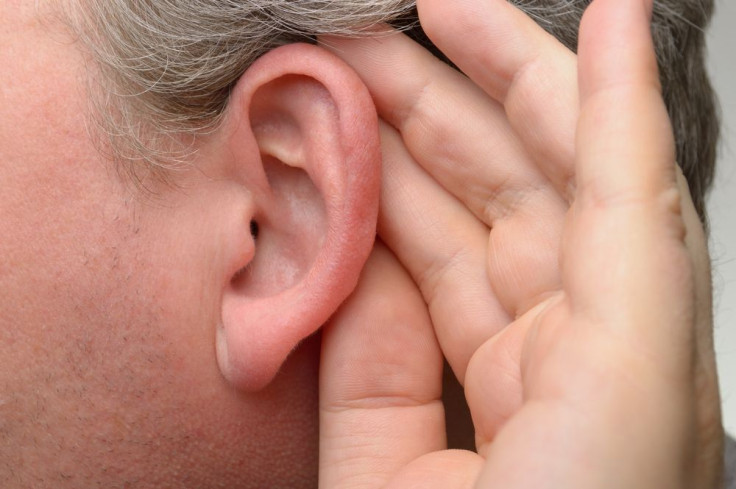Sound Perception Through The Skull: Our Inner Ear Picks Up Vibrations

We perceive sound when sound waves are collected as vibrations in the inner ear, and then transferred to the brain, where they are decoded. These sound vibrations enter the inner ear not just from the ear cup but directly through the skull bone, too. With the help of new mathematical and computational models, researchers have been able to determine how this process — called bone conduction — works. With implications for the development of both technology and medical equipment, their paper was published this week in Nature Communications.
The cochlea, which is part of the inner ear, has an elastic structure known as the basilar membrane. It contains numberous hair cells that are connected to a bundle of nerves. They vibrate when they come into contact with sound waves, which then get turned into sound for the brain.
The basilar membrane typically vibrates in response to sound waves that go through the middle ear, where the ear drum resides. But the membrane can also vibrate through the bone surrounding the inner ear, called cochlear bone, thus giving rise to bone conduction.
In their new paper, Tatjana Tchumatchenko from the Max Planck Institute for Brain Research in Frankfurt and Tobias Reichenbach from Imperial College London, explained how bone conduction works with the help of fluid dynamics calculations.
Their model provides new insights into previously unknown processes, such as how the basilar membrane is able to interpret different sounds, depending on where the vibrations occur on the membrane. For example, high-frequency sound causes narrow regions of the membrane to vibrate, while low frequencies cause the whole membrane to vibrate.
They were also able to determine how two sounds with slightly different frequencies, which arrived in the inner ear at the same time, can overlap and excite the same regions on the basilar membrane. In this case, combination tones, or so-called otoacoustic emissions, are produced in the inner ear through the nonlinearity of the membrane. How these sounds leave the inner ear, and spread throughout the cochlea, is a matter of scientific debate.
“In our study, we have shown that the combination tones can leave the inner ear in the form of a fast wave along the bone surface, and not, as previously assumed, by a wave along the basilar membrane,” Tchumatchenko said in a press release.
The new model also shows how both vibrations of the cochlear bone and vibrations of the air in the ear canal can generate waves along the basilar membrane. “Our results provide an elegant explanation for this long-known but poorly understood observation," Reichenbach said in the release.
Several technologies, like Google Glass and some hearing aids, have already begun using bone conduction to assist with hearing. The new model scientists a better understanding of the interactions between fluid compartments in the cochlea and the cochlear bone's dynamics, and could help to improve technology even further.
Source: Reichenbach T, Tchumatchenko T.A cochlear-bone wave can yield a hearing sensation as well as otoacoustic emission. Nature Communications. 2014.



























